Grow Medium
TheMasterGardener1
12 years ago
Related Stories
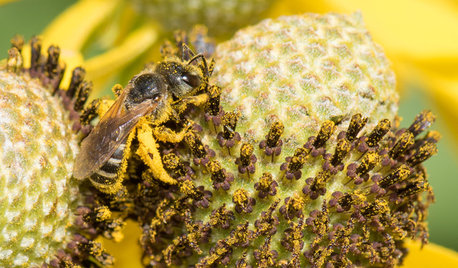
GARDENING GUIDESWelcome Sweat Bees to Your Garden Throughout the Growing Season
Look before you swat! These friendly sweat bees will feed on your sweat on a hot summer day, but their main buffet is flowers
Full Story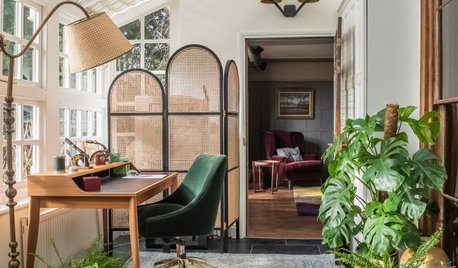
HOUSEPLANTSSimple Pleasures: Grow a Cheery Indoor Garden
Let houseplants work their magic on your rooms and you. These ideas will get you growing
Full Story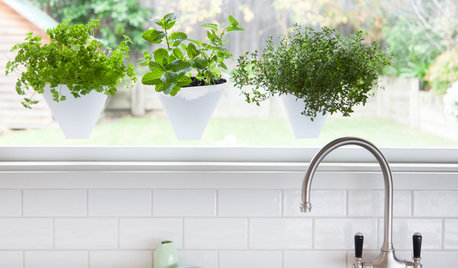
HERBSHow to Grow Herbs Indoors
Have a sunny window? Enjoy the flavor of fresh herbs year-round by growing them in the house
Full Story
SPRING GARDENINGHow to Grow a Rose Garden in Pots
Everything can come up roses, even without a plot of soil in sight. This step-by-step guide to growing roses in containers shows you how
Full Story
FARM YOUR YARD6 Things to Know Before You Start Growing Your Own Food
It takes time and practice, but growing edibles in the suburbs or city is possible with smart prep and patience
Full Story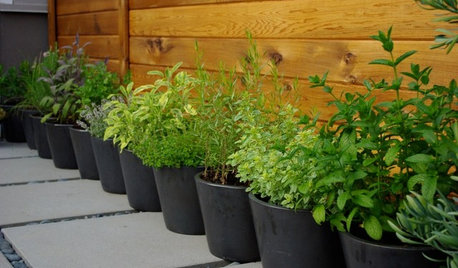
GARDENING GUIDES6 Ways to Grow Edibles in Small Places
No big backyard? Join in the grow-your-own fun with these small-space ideas for planting vegetables, fruits and herbs
Full Story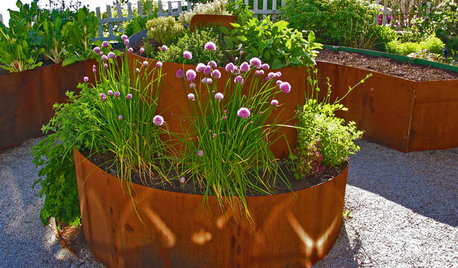
URBAN GARDENSContainers Make Growing Edibles a Cinch
If life hands you a lack of land, grow lemons — with a few basics, you can proudly reap the fruits, veggies and herbs of your labor
Full Story
CONTAINER GARDENS8 Easy Container Plants to Grow From Seed
Get beautiful blooms and herbs in summer by starting these choice garden picks from seed in spring
Full Story
EDIBLE GARDENSHow to Grow Your Own Sweet Summer Crops
This guide will help any gardener get started on growing the freshest warm-season veggies and berries for summer
Full Story
HOUSEPLANTS10 Top Plants to Grow Indoors
Brighten a room and clean the air with a houseplant that cascades artfully, stretches toward the ceiling or looks great on a wall
Full Story






greenman28 NorCal 7b/8a
fortyonenorth
Related Professionals
Bethlehem Landscape Contractors · Aberdeen Landscape Contractors · Battle Ground Landscape Contractors · Lemont Landscape Contractors · Middletown Landscape Contractors · Santa Ana Landscape Contractors · Vacaville Landscape Contractors · West Jordan Solar Energy Systems · Damascus Window Contractors · Kearns Window Contractors · Lemont Window Contractors · Mesa Fence Contractors · El Monte Fence Contractors · Lake Forest Fence Contractors · Lexington Fence Contractorsjodik_gw
TheMasterGardener1Original Author
greenman28 NorCal 7b/8a
TheMasterGardener1Original Author
greenman28 NorCal 7b/8a
colokid
fortyonenorth
greenman28 NorCal 7b/8a
colokid
calistoga_al ca 15 usda 9
TheMasterGardener1Original Author
JerryVentura Jordan
greenman28 NorCal 7b/8a
tapla (mid-Michigan, USDA z5b-6a)
fortyonenorth
meyermike_1micha
jodik_gw
greenman28 NorCal 7b/8a
jodik_gw
TheMasterGardener1Original Author
TheMasterGardener1Original Author
TheMasterGardener1Original Author
capoman
TheMasterGardener1Original Author